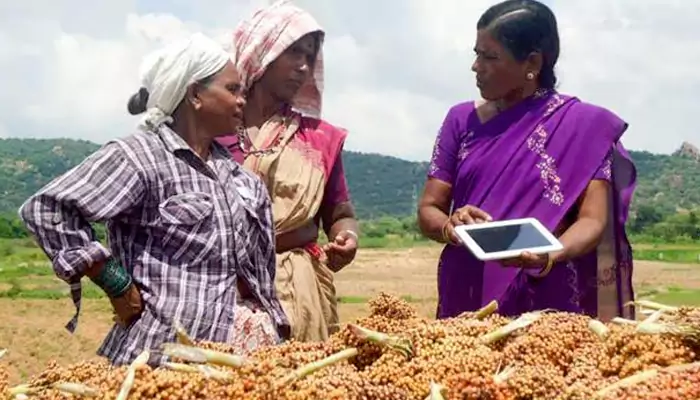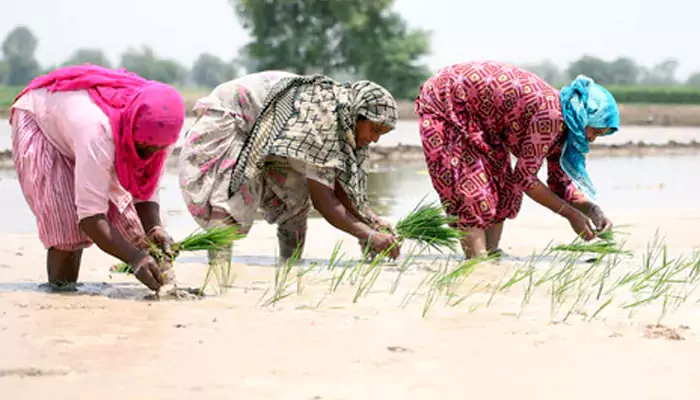Google Goes Green: Unveiling an AI-Powered Tool for Smarter Indian Farming
- Admin
- 1 year ago
- 4 minutes read

Google has always helped us to make our lives easier, whereas now it is targeting the agricultural department of India
India is a land of diverse agricultural heritage. The country faces numerous challenges in the 21st century due to global warming, crops being destroyed, and limited access to money. The Indian government introduced artificial intelligence to address the problems faced by farmers and make their lives easier for farming in February. Now, Google is also planning to launch the Agricultural Landscape Understanding (ALU) Research API. In this article, let us go through how Google aims to make smarter choices for Indian farming with the help of AI.
What is ALU?
Google has always helped us to make our lives easier, whereas now it is targeting the agricultural department of India. The announcement was made by Jeanine Banks, Vice President and General Manager, Developer X, Google, at Google I/O Connect Bengaluru 2024. ALU will help in enhancing crop productivity by providing financial assistance and facilitating farmers' access to the market. This is being scouted by select partners like Ninjacart, Skymet, Team-Up, IIT Bombay, and the Government of India.

What does ALU offer?
This tool provides detailed information on the farm fields, which is the first initial step for improving and addressing the difficulties of the diverse landscapes and variety of crops. While agricultural insights are now available only at an aggregate level, interventions are needed at the farm level. The tool makes use of high-resolution satellite imagery and machine learning to delineate field boundaries and address the issues of drought preparedness, irrigation, and access to markets. It provides a more granular view regarding the type of crop and size of the field, as well as proximity to water, roads, and markets, for tailoring solutions for the agriculture sector.
Updates by the Google DeepMind India team
The Indian language space event shared an update to empower developers to build language solutions. Updates include the expansion of Project Vaani, done in collaboration with the Indian Institute of Science (IISc), which made available over 14,000 hours of speech data across 58 languages from 80,000 speakers across 80 districts.
Introducing the IndicGenBench benchmark to evaluate the generation capabilities of large language models for Indian languages. With such a new resource, benchmarking a total of 29 languages, many of which were never benchmarked earlier, IndicGenBench may become a vital tool for testing and fine-tuning language models.

Helping with language models
Apart from this, Google is open-sourcing a framework called CALM for Composition of Language Models that allows developers to mix and match their best-class language models with the models provided by Gemma to help create better solutions for the wide range of languages spoken in India.
According to Ambharish Kenghe, VP at Google, it is about empowering Indian innovators to use AI to the fullest in creating solutions that meet India's unique requirements and help shape AI's future globally. "The opportunities with multimodal, mobile, and multilingual AI are immense, and we're thrilled to be a part of India's AI journey."
Other AI practices in India
Aryan Singh invented AgRobot, a multipurpose agricultural robot designed to help farmers with several tasks. This robot allows farmers to analyse soil conditions and monitor crop health using built-in sensors and cameras. The device helps assess water needs and controls irrigation systems from far away. It identifies pests in crops, thus helping farmers apply preventive measures in time.
Capabilities range from cutting, loading, and sowing seeds with the help of a dropper mechanism, not only serving the area but also saving human effort. It operates entirely on solar energy, with additional power generation by a piezoelectric panel that keeps running continuously, even without direct sunlight.












